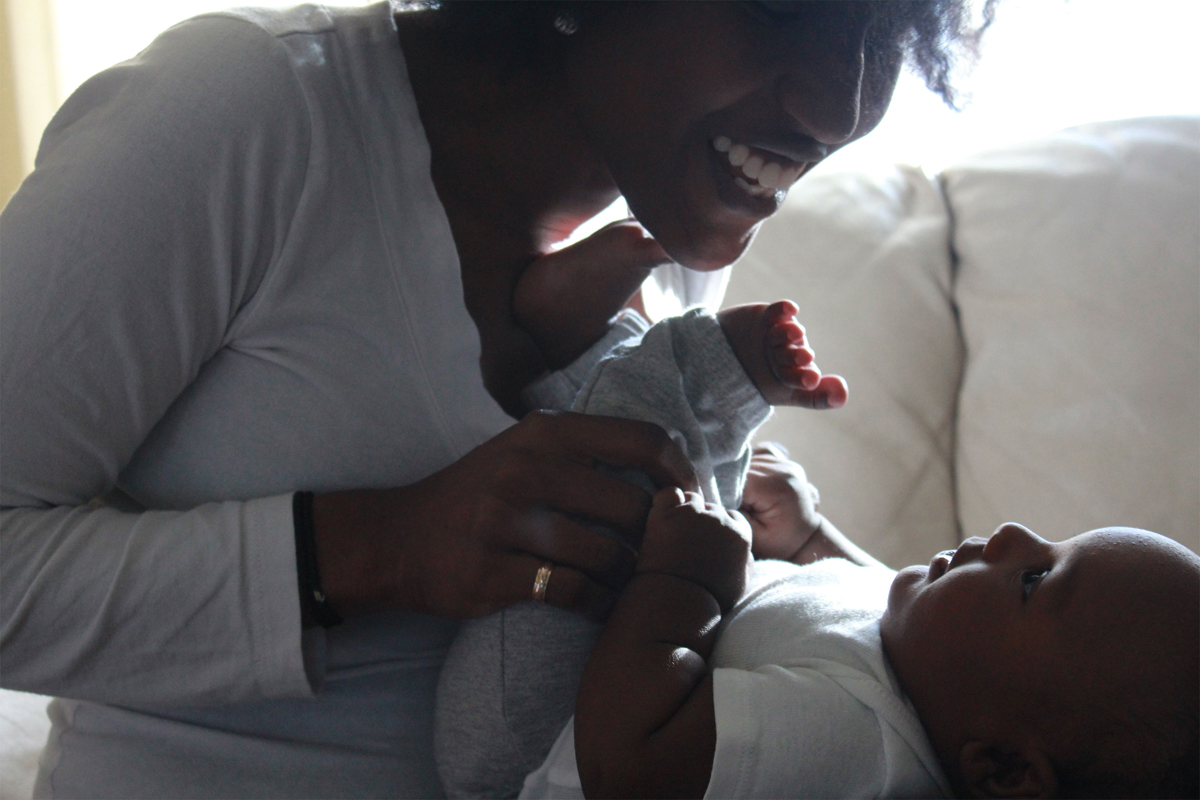Why brain science matters in our everyday interactions.
Sometimes we make choices based upon a limited set of experiences and information. If a baby doesn’t know that a radiator is hot and could burn him, he may touch it. However, the next time that baby comes across that radiator, he will likely make a different choice.
When it comes to taking a different approach toward interacting with people who have experienced a lot of adversity in their lives, there is a body of science emerging that can lead us to better choices and better outcomes.
Here are some things we know.
The first three years of a child’s life are critical for healthy brain development.
It is through loving, caring interactions with parents and caregivers that children receive the feedback they need to develop interconnections between key areas of their brain. These interconnections between different parts of the brain, such as those that control rational thinking and those that drive impulsive behavior, play a critical role in children developing the skills they will need to be successful in life. Without those nurturing interactions, children don’t learn to trust and don’t develop a sense of control over themselves or their environment.
When parents are under constant stress, they may not have the resources to provide the attention and nurturing that are so essential to their child’s development. As community members, we may be able to step in and offer support to parents and their children. Additionally, we can advocate for policies that help to provide needed supports for parents and children as well as better wages and training for caregivers.
The brain’s protective behavior can show up as aggressive or “startle” behavior.
Have you ever met a person who seems to “fly off the handle” or “startle” with virtually no provocation? It could be that this person has been regularly exposed to situations that require the brain to provide a rapid, protective response, or they might have experienced a traumatic event that they haven’t been able to overcome. When this happens, the balance between different regions of the brain shift, making it hard to control emotions and impulses. In situations like this, the brain quickly shifts into “fight, flight or freeze”, a protective, more emotional/impulsive mode. This is the body’s response when faced with immediate, perceived severe threats. Some threats are real, such as when you are in a burning building and need to escape, but others are perceived threats based on an individual’s unique experience. It’s our experience that dictates how we perceive events. If you live in a “war zone”, you must be extra diligent and constantly on alert to save your life. Behaving as if you live in a “war zone”, all the time, can cause some problems for you.
What’s important to remember is that the brain is programmed to respond in a certain way. Until we re-train the brain, an individual can’t respond differently — because the emotional/impulsive part of the brain is in control. Punishment can’t solve the issue because it doesn’t address the underlying problem. We have to help individuals achieve a better balance between their rational and emotional/instinctive parts of the brain. Additionally, we can be conscious of how we respond to individuals experiencing this kind of reaction.
Acknowledging that what happens to us matters.
When we acknowledge that negative events that happen to us in life can have lasting emotional, physical and spiritual or social effects, we can respond in a more caring manner and help to create an environment that promotes healing.
According to the Substance and Mental Health Services Administration (SAMHSA), there are six principles we should pay attention to, recognize and strive for:
- Safety
- Trustworthiness and Transparency
- Peer support
- Collaboration and mutuality
- Empowerment, voice, and choice
- [Recognition of] Cultural, Historical, and Gender Issues
Learn More About a Trauma-Informed Approach from SAMHSA
Additional Links
Multiplying Connections – Positive development for all children through trauma-informed systems
The California Evidence-based Clearinghouse for Child Welfare – Trauma Treatment Program Evaluation
The Sanctuary Model – A trauma-informed approach with a structured methodology for creating or changing an organizational culture.

